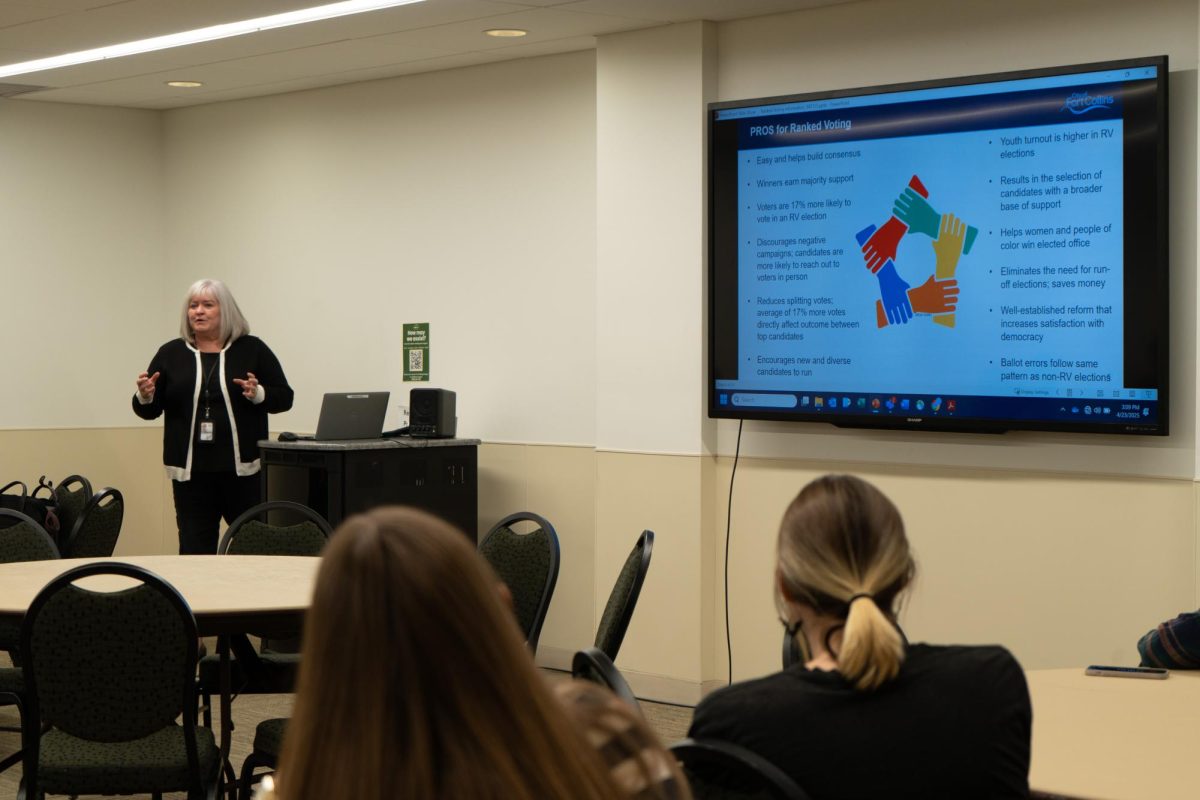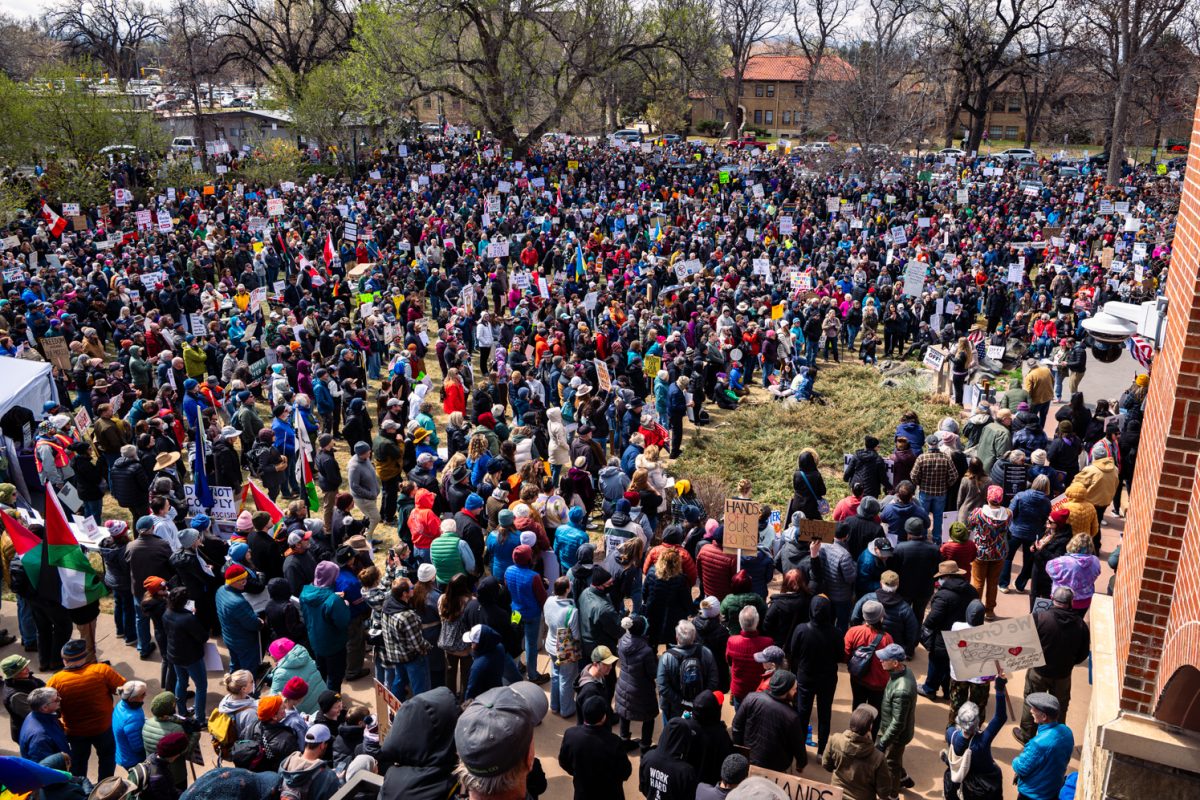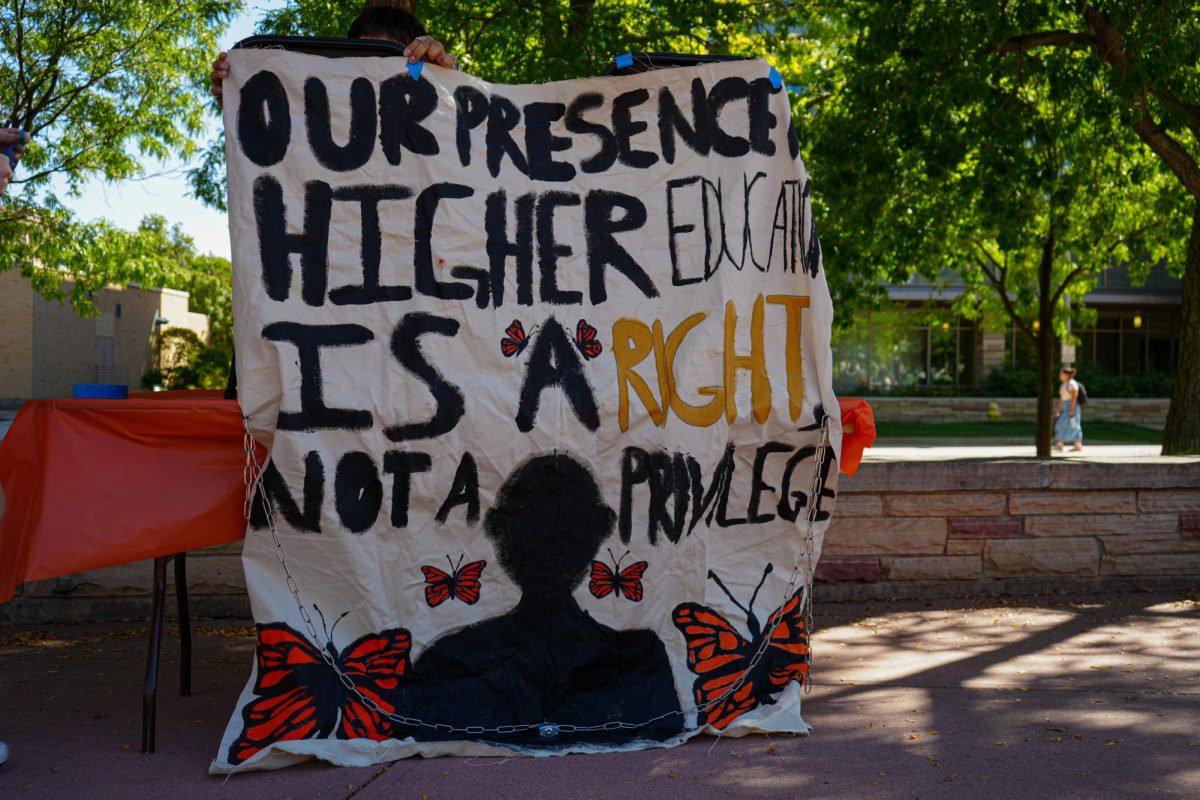John Sneddon was a student at Colorado State University studying biochemistry, and his path through his education was fraught with challenges. He lived with a disability on a fixed income that could not cover cost of living, and tried to continue school through a period of homelessness while living with bipolar disorder. And, on Dec. 20, 2016, he died.
About a year before his death he told a CSU journalism student, “I was published in an academic journal at CSU and I can’t afford housing as a disabled student. I was a student at CSU and I was fighting homelessness as a student. I was going to finish school, but I can’t do it without housing. I’m on a fixed income, and even if you do work, then you can’t afford housing. This is a real issue. I’m disabled and I can’t even find a place. There is no affordable housing here.”
Student homelessness and student food insecurity is a problem faced by many college students nationwide. FAFSA estimates around 58,000 students in the country are homeless, and though numbers specific to this region are not available, Rams Against Hunger estimates 10-12 percent of CSU students experience food insecurity.
The total homeless population in Fort Collins is around 290 individuals, according to estimates by the homelessness awareness group Homeward 2020. There are many homeless shelters in the area that work together to provide enough beds to keep the homeless individuals sheltered. Many of these shelters are affiliated with religion, including Fort Collins Rescue Mission.
Hannah Baltz-Smith, the Northern Colorado community and events specialist for the Fort Collins Rescue Mission, said that she has never personally interacted with a CSU student who was seeking their services and she doesn’t think there are many homeless college students in the area. Most of the students she works with are volunteers, especially from within the Greek system.
Baltz-Smith added that they exist to provide aid to anybody experiencing need, and said CSU students experiencing food insecurity were welcome to come to their free daily dinners, which are served at 5:30 at their location on Jefferson Street. In fact, between Fort Collins Rescue Mission and the local Catholic parish, all three meals are provided on a daily basis for people experiencing need.
At CSU, Rams Against Hunger works to help students through times of food insecurity by providing CSU Housing and Dining meals for students who do not have the resource to buy food. They do this through monetary donations and agreements with Housing and Dining Services, though Jen Johnson, assistant director of the program, said demand for their assistance far exceeds supply.
“There’s more need than what we can accommodate through the program at this point,” Johnson said. The program employs professional fundraisers to try to keep expanding.
Johnson said the root causes of food insecurity are many and varied, but noted that cost of living is certainly affecting the quality of life for many people.
Rent has been on the rise as the population of Fort Collins, and the enrollment at CSU, booms. Between 2014 and 2016, average rent increased by hundreds of dollars, according to an article published by The Collegian in September. And as of late 2016, the average rent for an apartment in Fort Collins is $1279.14, compared to $837.15 in 2010.
Michael Carolan, a professor in the department of sociology, researches the relationship between social factors and food security issues, and cited cost of living as a contributor to the food insecurity problem.
“I’d say the biggest (or at least one of the biggest) reason for food insecurity among the student population at CSU, in addition to the above risk factors, is the rental market,” Carolan said. “If you’re already from a low income household, that’s a debilitating expense.”
Cost of living is one factor in a complex social issue that leads to students being food insecure. Johnson said she believes the problem is highly compounded by social problems like racism and sexism.
“Though, rising cost of living is not exactly helpful,” she added.
Her opinion that social inequities play into this issue is backed up by scientific research, and shown in the statistics of students using the services provided by Rams Against Hunger.
Of the recipients of Rams Against Hunger, people of color and first generation college students are very over-represented, compared to the university as a whole. 73 percent of students who receive aid from Rams Against Hunger are students of color – this group accounts for just 19 percent of the total university demographics. Over-represented as well are first-generation college students, who account for 74 percent of recipients. Women account for 57 percent of the recipients, while just over half of CSU is female.
Carolan said this was consistent with recent research. Households with incomes near or below the poverty line, women and men living alone, and Black and Hispanic headed households are all some risk factors for food insecurity. “Among these groups, the rates of food insecurity are substantially higher than the national average,” he said.
Research shows this is a result of ingrained social inequality. Structural racism refers to a systemic problem ingrained into society, rather than specific actions of individuals. A movement to combat this problem is referred to as ‘food justice’ by scholars. According to a 2012 article published in the American Civil Liberties Union journal, the issue of systemic racism negatively impacts healthy food access as well as affordability for people of color, as a pay gap exists between people of color and white people. The article argues that institutional racism creates a cycle of low wages, which leads to food insecurity among people of color.
Baltz-Smith, who has worked for Fort Collins Rescue Mission for nearly two years, said cost of living, health crises, and bad relationship breakups are the main factors she has seen contributing to someone seeking out services. Health care is prohibitively expensive without insurance, and a health emergency can easily cause someone to become homeless. In relationships, domestic violence sometimes plays a role when one partner leaves the relationship and no longer has somewhere to go.
The shelters in the area work to help the homeless individuals get back on their feet, whether this means providing a place to stay while searching for a steady job, or working with trafficking victims to build soft skills. The homeless community is primarily made up of men, unlike the food insecure community at CSU, which is more than half women.
At the City Council meeting Monday, legislation was put forward that is deemed by some to be discriminatory against the homeless population, which led to a protest on the stairs of City Hall. The proposed ordinance would make it illegal to sit or lay in public places and to store personal property in public places. It is also designed to curb panhandling.
This is not the first time Fort Collins has come under fire for discrimination against the homeless community – the City was sued by the ACLU in 2015 for a law punishing panhandling.
Students can volunteer at the local shelters. The winter and summer months are both the most dangerous times and the times when the shelters are most understaffed, Baltz-Smith said, because student volunteers leave town over breaks.
John Sneddon’s situation led to homelessness and food insecurity, and prevented him from finishing his college career. Those interested in helping individuals like John in the Fort Collins community can donate to Rams Against Hunger and to community homeless shelters online.











